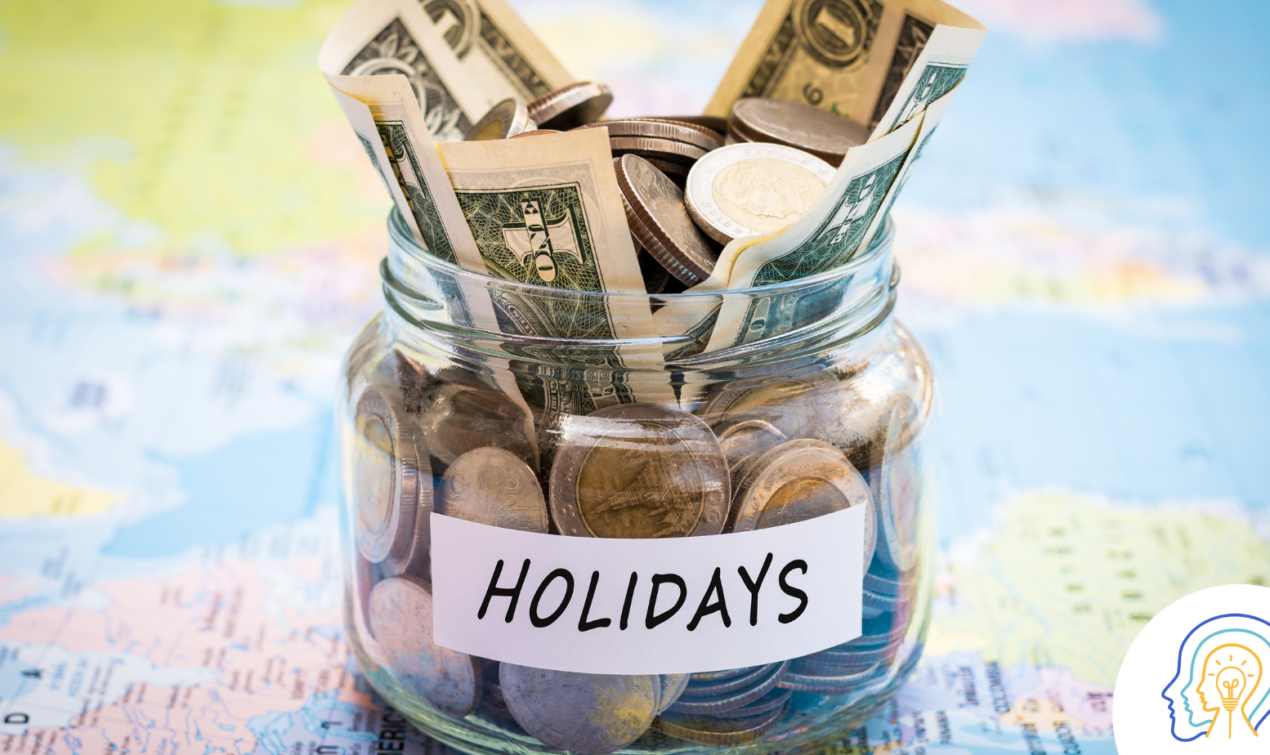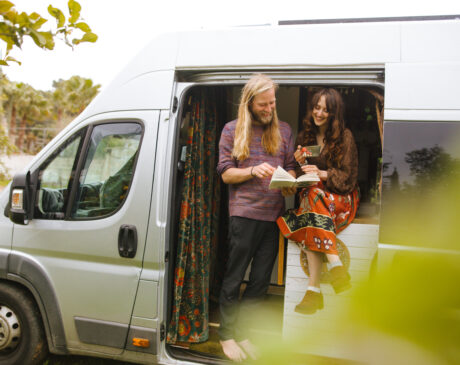Budget-Friendly Slow Travel for Families: Exploring the World at a Gentle Pace

Slow travel is emerging as a refreshing alternative for those who want to experience more by doing less; let’s uncover all the secrets of budget-friendly slow travel for families in this article: “Budget-Friendly Slow Travel for Families: Exploring the World at a Gentle Pace”.
For families, in particular, slow travel is not just a trend; it’s a way to make meaningful memories without breaking the bank.
This form of travel encourages families to take their time, immerse themselves in local cultures and truly connect with the places they visit.
But how can you do it on a budget?
This guide will explore practical tips, strategies, and ideas to help your family enjoy slow travel without draining your savings.
What is Slow Travel?
Slow travel emphasizes quality over quantity, meaning travelers focus on deeper, richer experiences rather than ticking off tourist spots from a long list.
It involves staying in one place longer, engaging with local cultures and opting for sustainable, low-impact travel methods.
For families, slow travel allows more flexibility, less stress and a better opportunity to bond as you explore new places at your own pace.

Why is Slow Travel Great for Families?
When you’re traveling with kids, fast-paced vacations can often lead to burnout. Tight schedules, constant movement, and frequent transitions from one location to the next can leave both parents and children feeling overwhelmed.
Slow travel eliminates the pressure to “see it all” and instead promotes a laid-back approach, making it a perfect fit for families.
Here’s why slow travel is a budget-friendly and enriching way to travel with children:
- Time to Adjust: children need time to adapt to new environments, and slow travel gives them the opportunity to settle into the rhythms of a new place.
- Quality Family Time: by staying in one place longer, families can truly enjoy each other’s company, free from the pressure of constant movement.
- Reduced Costs: staying in one destination for longer periods allows you to save on transportation costs and take advantage of long-term rental deals.
- Local Immersion: slow travel enables families to experience the local culture, food and community life, creating more meaningful memories.
How to Slow Travel on a Budget
While slow travel is inherently cost-effective, it does require some careful planning, especially for families. Here are practical strategies to make slow travel more affordable.
Choose Affordable Destinations
One of the most significant factors in keeping slow travel budget-friendly is choosing the right destination.
Opt for places where the cost of living is lower than your home country. Countries in Southeast Asia, Central America, and parts of Eastern Europe are well-known for offering a rich travel experience at a fraction of the cost of more traditional tourist destinations like Western Europe or the United States.
Examples of budget-friendly destinations for slow travel include:
- Thailand: affordable accommodation, cheap street food, and plenty of family-friendly activities make Thailand a great option.
- Mexico: with its rich culture, beautiful landscapes, and low cost of living, Mexico is ideal for long-term stays.
- Portugal: one of the more affordable countries in Western Europe, Portugal offers great family-friendly cities and stunning coastal towns at reasonable prices.
Book Long-Term Accommodation
A key part of slow travel is staying in one place for a longer period. Renting an apartment, house, or even an Airbnb for a month or longer often comes with significant discounts compared to nightly rates.
Many platforms offer reduced rates for week- or month-long stays.
This not only cuts down on accommodation costs but also gives families the chance to settle in, cook their own meals, and live more like locals.
Cook Your Own Meals
Dining out for every meal can quickly add up, especially for families. Renting a place with a kitchen allows you to prepare your own meals, saving money and letting you experience local markets.
Visit local grocery stores or farmers’ markets to gather ingredients and try cooking regional dishes together as a family.
Not only does this cut down on costs, but it’s also a fun and educational activity for kids. If you do eat out, choose local restaurants or street food vendors over touristy spots.
Not only will this save money, but it will also give your family a more authentic taste of the local cuisine.
Use Public Transportation
Slow travel often involves moving at a leisurely pace and using public transportation is one of the best ways to travel like a local.
Many cities offer affordable and reliable public transportation systems, which can be a fraction of the cost of renting a car or taking taxis.
Depending on your destination, consider buses, trains, ferries, or even bicycles as your main mode of transport.
In rural areas or small towns, walking can be the best (and cheapest) way to get around. It’s also a great way for families to explore their surroundings at a slow pace, allowing kids to take in the sights, sounds, and smells of a new place.
Plan Free or Low-Cost Activities
One of the best parts of slow travel is that it allows you to discover the lesser-known, off-the-beaten-path attractions that are often free or inexpensive.
Instead of paying for expensive tours or entry fees to crowded tourist sites, explore local parks, nature reserves, or historical landmarks that don’t charge admission.
Other affordable activities for families include:
- Hiking: discover local trails and enjoy nature together.
- Visiting local markets: experience the culture through food, crafts, and local goods.
- Attending community events: look for festivals, fairs, or cultural events that are free to attend.
- Exploring libraries or museums: many cities have free entry days or discounted admission for families.
Consider House-Sitting or Home Exchange
A creative way to save money on accommodation is through house-sitting or home exchanges. Websites like TrustedHousesitters or HomeExchange allow you to stay in someone’s home for free in exchange for taking care of their property (and sometimes pets).
For families, this can be a perfect solution, offering a more homey experience than hotels and a chance to live like a local.
House-sitting often provides access to fully-equipped homes in great locations, and home exchanges allow you to swap houses with another family, reducing accommodation costs to virtually nothing.

Travel During the Off-Season
One of the simplest ways to save money on travel is to avoid peak tourist seasons. Airfare, accommodations and even attractions are often cheaper during the off-season.
In addition to saving money, traveling during less crowded times allows your family to enjoy a more peaceful, relaxed experience.
Before booking, research the low seasons for your chosen destination. For example, traveling to Europe in the fall or spring instead of summer, or visiting tropical locations during the shoulder seasons, can result in significant savings.
Slow Travel: A Rewarding Experience for the Whole Family
Budget-friendly slow travel is a win-win for families seeking meaningful experiences without the hefty price tag.
It allows you to dive deeper into the places you visit, connect with local cultures, and create lifelong memories with your children.
By embracing slow travel, your family can discover new destinations at your own pace, all while staying within budget.
Whether you’re planning a long-term adventure or a short, immersive stay, the principles of slow travel will help you enrich your journey without compromising your finances.
Did you enjoy our article ” Budget-Friendly Slow Travel for Families: Exploring the World at a Gentle Pace “? Leave us a comment below!



